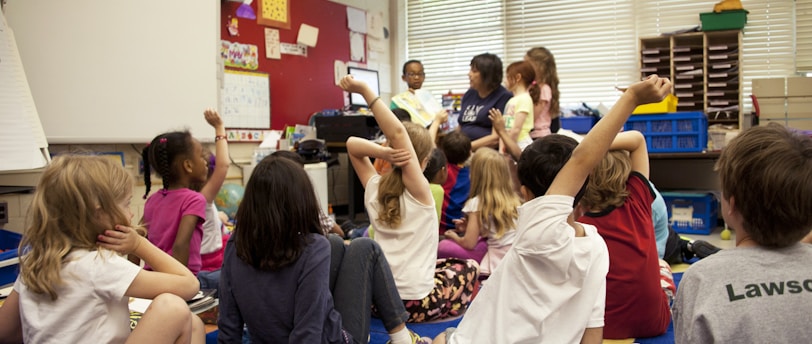The Unseen Consequences: Dismantling the Department of Education's Impact on Disaster Recovery
On March 20, 2025, President Trump signed an executive order initiating the dismantling of the U.S. Department of Education, aiming to transfer educational authority back to states and local communities. While this move aligns with long-standing debates over federal versus local control in education, it raises critical concerns about the broader implications for disaster response and community resilience.
3/22/20252 min read


The Department of Education's Role in Disaster Response
Beyond its educational mandates, the Department of Education has been instrumental in supporting communities during and after disasters. Key functions include:
Disaster Recovery Unit: Established to lead federal efforts in assisting educational institutions post-disaster, ensuring schools can reopen and serve their communities promptly. It works closely with state education agencies to assess damage, expedite funding, and provide logistical guidance.
Project SERV (School Emergency Response to Violence): Provides funding to help schools recover from traumatic events, including natural disasters and incidents of violence. Funds may support mental health services, security, transportation for displaced students, and temporary staffing.
Emergency Impact Aid: Offers financial assistance to schools accommodating students displaced by disasters. This funding helps cover the unplanned costs of new enrollment, such as hiring additional staff and purchasing classroom supplies.
Support for Homeless Children and Youth: Ensures that students experiencing homelessness due to disasters receive consistent educational opportunities. This includes funding for transportation, meals, tutoring, and help navigating enrollment barriers.
Implications of Dismantling the Department
The executive order directs the Secretary of Education to facilitate the closure of the department while ensuring the uninterrupted delivery of essential services. However, the redistribution of these critical disaster response functions to other agencies remains uncertain. Potential consequences include:
Disrupted Educational Continuity: Without a centralized body to coordinate post-disaster educational recovery, schools may face prolonged closures, hindering community stability and student well-being.
Inconsistent Support for Displaced Students: Variations in state capabilities could lead to unequal support for students displaced by disasters, exacerbating educational disparities.
Challenges in Funding Allocation: The absence of a dedicated department may complicate the distribution of emergency funds, delaying critical support to affected schools and students.
The Broader Impact on Community Resilience
Education is a cornerstone of community resilience. Schools not only provide learning but also serve as safe havens and centers for community support during crises. The Department of Education's role in disaster response has been pivotal in:
Rapid Community Recovery: Swift reopening of schools post-disaster facilitates economic recovery by allowing parents to return to work and restoring a sense of normalcy.
Mental Health Support: Schools often provide essential mental health services to students affected by disasters, aiding in long-term recovery.
While the intent to decentralize educational control addresses certain policy perspectives, it's imperative to consider the unintended consequences on disaster preparedness and response. As we move forward, ensuring that the critical functions previously managed by the Department of Education are effectively transitioned and maintained is essential to uphold the resilience and well-being of our communities.
For more insights on the Department of Education's role in disaster response, visit:
Health Response Alliance is a nonpartisan 501c3 tax-exempt organization.
All contributions are tax deductible to the extent provided by law.
Federal Identification Number (EIN): 33-2575005
© 2025 Health Response Alliance Inc. ALL RIGHTS RESERVED.
